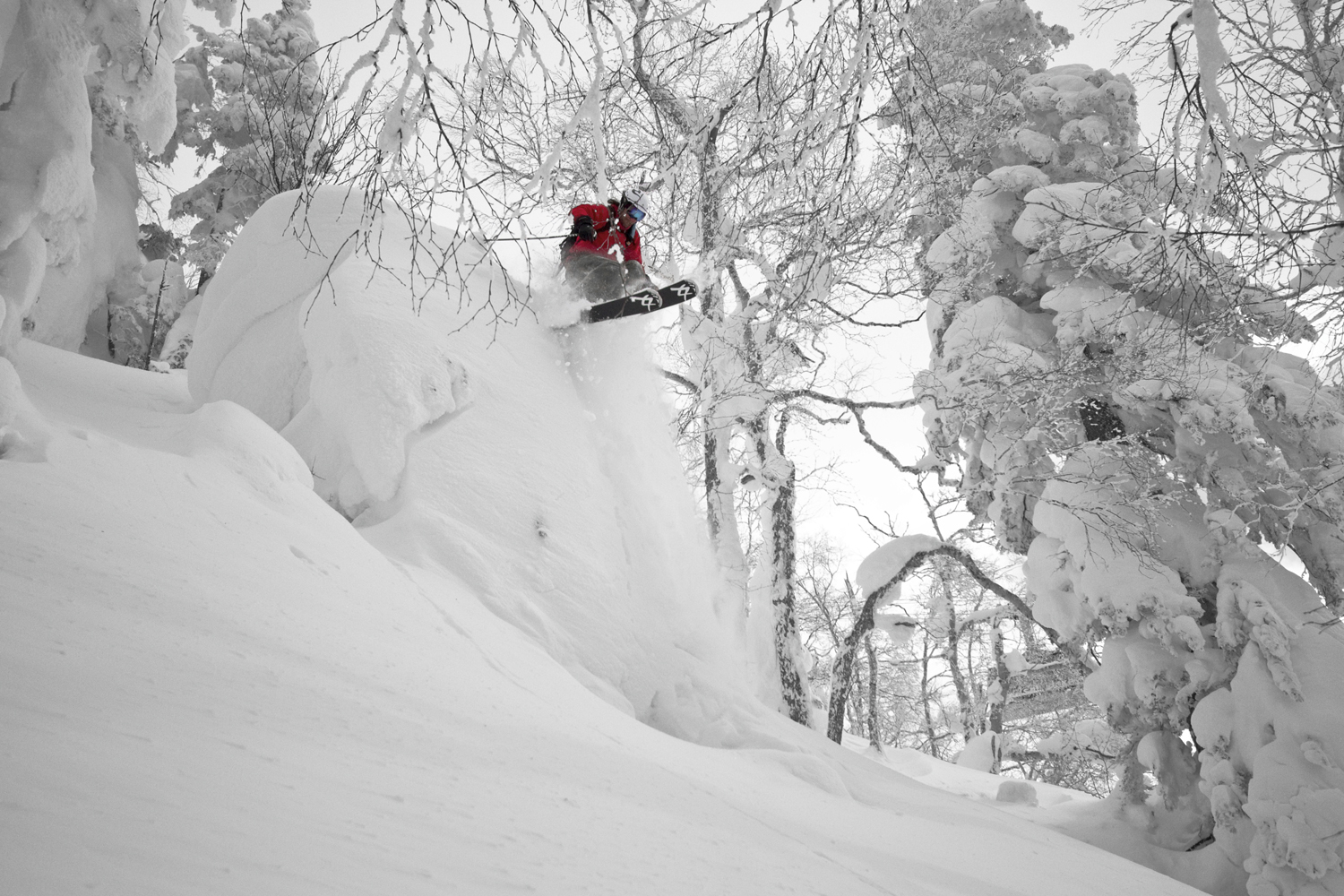Five golden gear tips every serious skier should know



If you struggle with cold feet, try thermo-formable liners. Yes, they cost more but they’re worth it. They are more insulating due to the closed-cell structure of the foam, and benefit any level of skier. For example, if you’re going on an expedition, most frostbites are due to an overpressure that blocks the blood circulation. Thermo-formable adapts to your foot shape and limits the localised pressure on any point.
It’s not all about how fat a ski is. Shane McConkey used to say that sidecut is not good for powder and this is always true. When skiing fresh snow, always use a ski with a low sidecut and a tapered shape. This helps to control the speed by drifting instead of carving like you would on hard snow. The tapered shape along with the rocker helps the tips to float and you to ski with a centred stance.
Always carry a second lens for your goggles. If the lights changes, you have options. If your googles fog, you’ve got a change. I use Smith Optics. My favourite lenses are the Blue Sensor Mirror for the woods during storms, Photochromic Red sensor for variable light, and Green Sol-X Mirror for glaciers.
Even experienced skiers, who love and seek powder all winter, forget what a really big dose is like. You need to be able to get some air through the face shots! So if you’re somewhere like Japan, have a buff neck gaiter to cover your mouth as all that Hokkaido powder runs over your shoulders. Even when you are skiing the best snow on earth you still need to breath!
Yes, you’ve heard it all before. But not everyone does it. Always wear a helmet on a freeride day. I would not be here without one. Trees are harder than your head! Like with my goggles, I’m into Smith, which offer a good fit and ventilation for me. Plus, inside my Vantage lid there’s a great shock-absorbing material named koroyd that is light, breathable and gives a great performance. FL
Should you wish to chat with Martino about material chemistry, and plastic materials for sports equipment, you’ll find him at the University of Bologna!